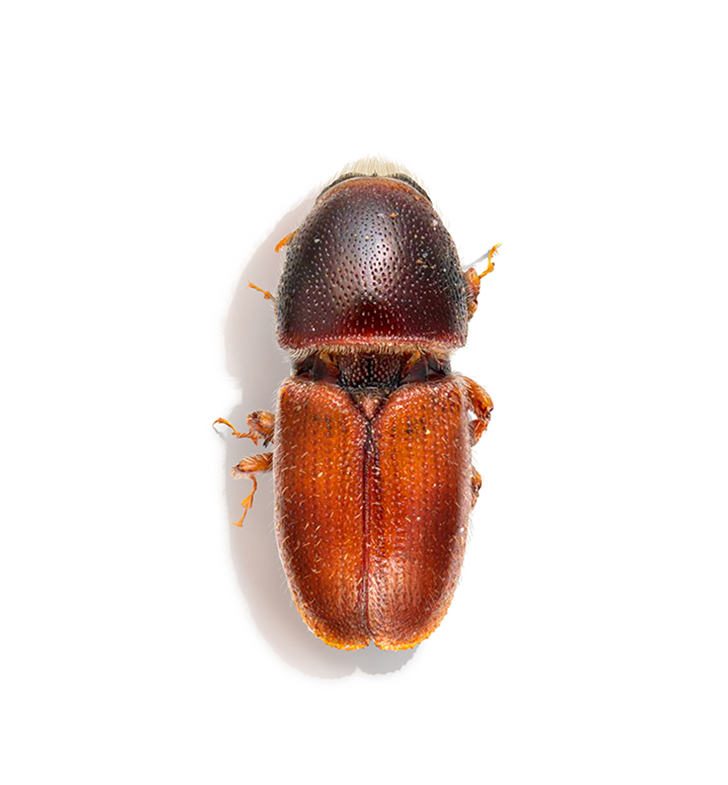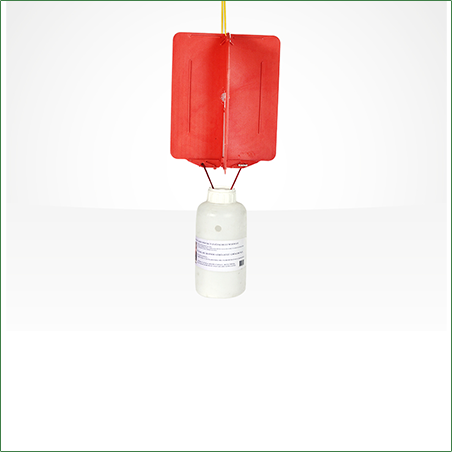Apple, pear, cherry, plum, peach, apricot, quince, almond, hazelnut, chestnut. Hard and soft kernels fruit and forest trees
The size of bark beetles is 1-5mm, the larvae are white in color, 3-3.5mm in length, curved and legless. There are many types.
The last-stage larvae of bark beetles overwinter in diapause in numerous galleries they have opened just under the shells. From March onwards, the average daily temperature reaches 18-20 degrees Celsius. They emerge from the galleries where they spend the winter, mate and the mated females lay their eggs in the galleries they open on hazelnut branches.
The adults emerge from the galleries in the spring, in March, April, and May, and in the summer from mid-June to the end of September. Flights are not regular and are in the form of collective flights depending on the air temperature. They give offspring once a year.
If the garden is homogeneous, 3 traps per 1 hectare are hung 1-1.5 m above the ground to represent the garden. If the garden is not homogeneous, 1 trap per 1 decare is hung 1-1.5 m above the ground. Thus, adult flight is recorded with weekly counts.


